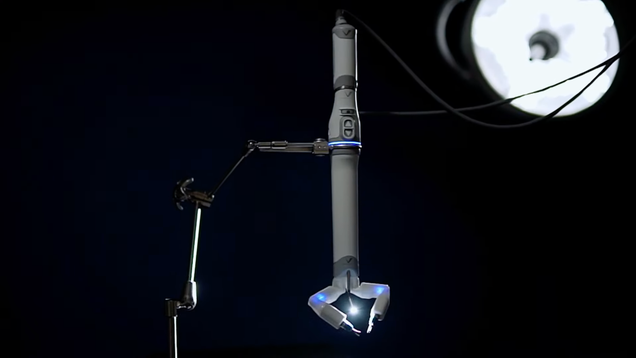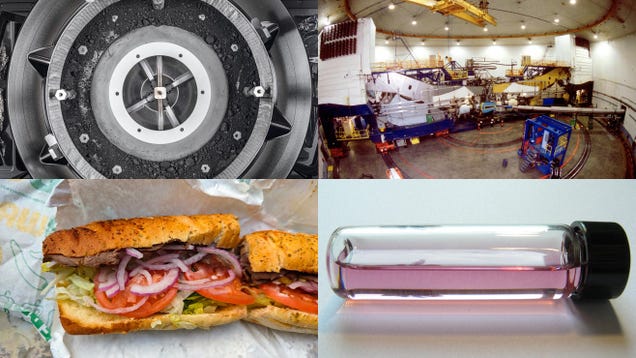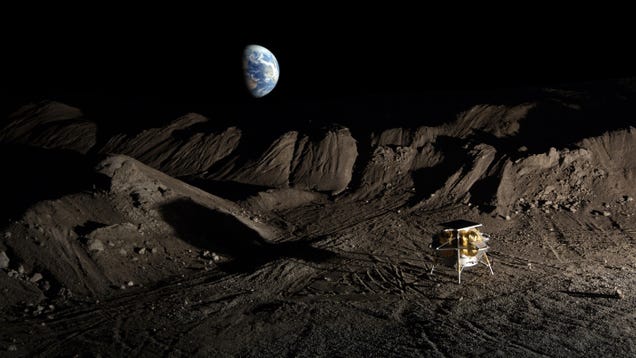
Earth orbit is getting its own space doctor in the form of a small cyborg arm reaching out for the scalpel. A surgical robot is launching to the International Space Station (ISS) to test its ability to slice through human flesh in a microgravity environment.



